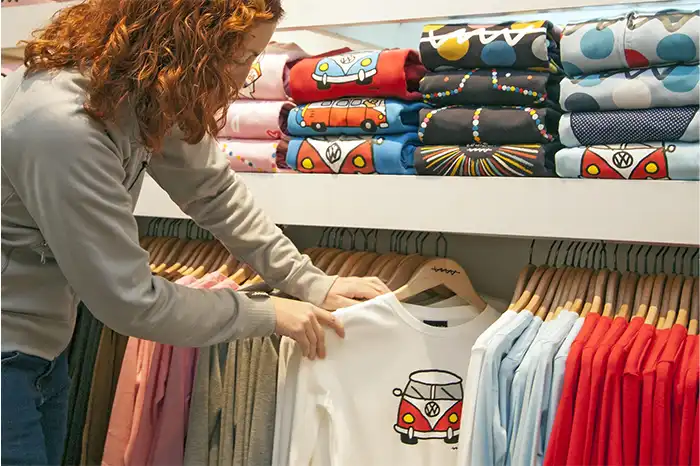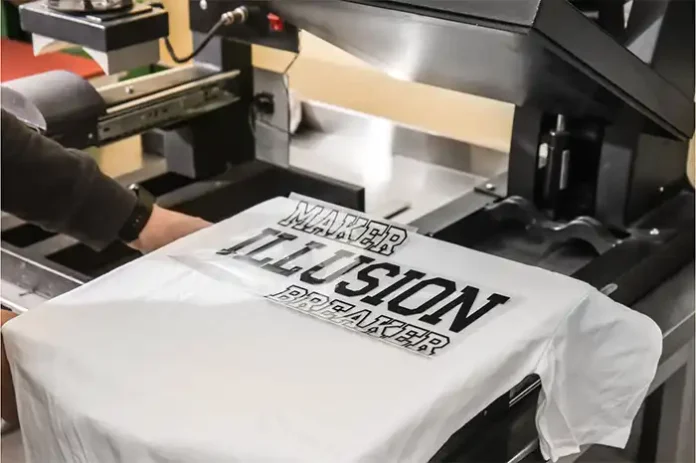Starting a small business in custom t-shirt printing is an exciting opportunity. The demand for personalized apparel continues to rise, fueled by trends in fashion, events, and even social causes. Whether you want to launch a local shop or an online store, custom t-shirt printing offers a flexible and creative way to make your mark in the marketplace.
But success doesn’t happen overnight. Building a thriving t-shirt printing business requires careful planning, smart decisions, and consistent effort. In this guide, we’ll explore the essential steps you need to take to turn your idea into a profitable venture.
Understanding the Custom T-Shirt Printing Industry
The custom t-shirt market has grown rapidly in recent years. People love wearing apparel that tells a story, supports a cause, or simply expresses individuality. Small businesses, schools, sports teams, and nonprofits all seek custom shirts for branding and events. This diversity creates many niches you can tap into.
Choosing the right niche is crucial. Some entrepreneurs focus on fashion-forward designs for young adults, while others target local businesses needing branded uniforms. Knowing your audience helps tailor your designs, pricing, and marketing strategies.
Before you dive in, it’s helpful to understand the main printing methods available:
- Screen printing is popular for bulk orders and vibrant colors.
- Direct-to-garment (DTG) printing allows detailed, full-color designs with minimal setup.
- Heat transfer and sublimation printing work well for smaller runs or specialty fabrics.
Each method has pros and cons depending on your budget, production scale, and design complexity.
Essential Steps to Start Your T-Shirt Printing Business

A successful business starts with a solid foundation. Begin by researching your local market and online competitors. What gaps exist? Where can your unique style or service fit?
Once you have a clear idea, draft a business plan. This doesn’t need to be complicated but should outline your goals, target customers, startup costs, and revenue expectations. Setting a budget early on will keep your spending on track.
Don’t overlook the legal side. Register your business name, get any required licenses, and familiarize yourself with tax regulations. Proper paperwork protects you and builds credibility.
Choosing the Right Equipment and Supplies
Investing in the right equipment makes a big difference in product quality and workflow efficiency. If you’re just starting, you might begin with more affordable tools. However, as your business grows, upgrading to professional-grade machines becomes essential.
For example, the Prestige XL2 DTF printer is gaining popularity among small and medium-sized businesses. It offers vibrant, durable prints with relatively low overhead. This kind of technology allows you to produce high-quality designs without the complexity of traditional methods.
Don’t forget about your t-shirt blanks. The fabric quality affects how well prints hold up and how comfortable the final product feels. Cotton remains the top choice, but blends and specialty materials can add value depending on your market.
Ink and other consumables also matter. Choose inks that are safe, long-lasting, and compatible with your equipment.
Designing Your T-Shirts: Tips and Tools
Great designs drive sales. Your creativity and understanding of trends will set you apart. Unique, eye-catching graphics and meaningful messages appeal most to customers.
You don’t need to be a professional graphic designer to start. Tools like Adobe Illustrator or free alternatives such as Canva provide easy ways to create designs. If you prefer, you can hire freelance designers or collaborate with local artists. This approach brings fresh perspectives and keeps your offerings diverse.
Always consider copyright and trademark issues when creating or sourcing artwork. Using original or properly licensed designs protects you from legal trouble.
Setting Up Your Workspace and Workflow
A well-organized workspace helps streamline your operations. Whether you work from home or rent a small studio, arrange your equipment and supplies so production flows smoothly.
Inventory management is key, especially as orders increase. Track your t-shirt stock, inks, and packaging materials closely. Running out of supplies can delay shipments and harm your reputation.
Quality control is equally important. Inspect prints regularly to ensure colors, placement, and durability meet your standards. Consistency builds trust and repeat business.
Marketing Your T-Shirt Printing Business

A great product isn’t enough if no one knows about it. Marketing is the lifeblood of any business. Start by developing a strong brand identity. Your logo, website, and social media profiles should reflect your style and values. Professional-looking photos of your products help attract attention.
Social media platforms like Instagram and Facebook are ideal for showcasing designs and engaging with your audience. Posting behind-the-scenes content or customer testimonials builds connection and trust.
Participate in local events, craft fairs, or pop-up markets to gain visibility. Collaborations with influencers or local businesses can expand your reach. Don’t overlook e-commerce opportunities.
Platforms like Etsy or Shopify make it easy to sell online and reach customers beyond your immediate area. You can also integrate print-on-demand services to reduce inventory risk while testing new designs.
Pricing Your Products for Profitability
Pricing custom t-shirts correctly is a balancing act. You want to cover your costs, pay yourself fairly, and remain competitive.
Calculate all expenses, including materials, labor, equipment depreciation, marketing, and overhead. Then factor in your desired profit margin.
Consider offering different pricing tiers based on order size or design complexity. For example, single custom tees may have a higher per-unit price than bulk orders.
Discounts and promotions can attract customers but use them strategically to avoid eroding your profits.
Customer Service and Building Loyalty
Happy customers are repeat customers. Providing excellent service is vital to your business longevity.
Respond promptly to inquiries, be transparent about production times, and communicate any delays honestly. When issues arise, handle them professionally and with empathy.
Consider loyalty programs or referral discounts to encourage repeat purchases and word-of-mouth marketing.
Scaling Your Business

Once your business gains traction, look for ways to grow. Expanding your production capacity might mean investing in faster equipment or hiring assistants.
Outsourcing certain tasks like design or order fulfillment can free your time for strategic planning.
Wholesale and bulk orders open new revenue streams, especially if you connect with corporate clients or event organizers.
Conclusion
Building a successful small business around custom t-shirt printing takes passion, patience, and perseverance. By focusing on quality, customer experience, and smart marketing, you can create a brand people love and trust. With the right tools and mindset, your t-shirt printing venture can grow from a simple idea to a lasting enterprise.





